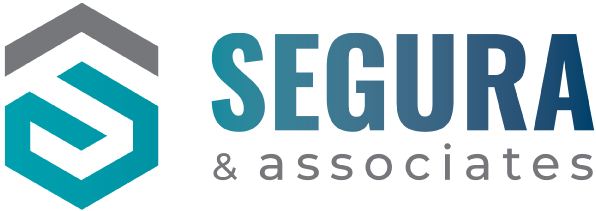Many school districts around the country started adopting green cleaning strategies more than a decade ago, and many more are in the green pipeline. However, several school districts are now going beyond green cleaning. They are integrating sustainability into their operations and what they are finding is that green and sustainability, while they certainly complement each other, are not the same thing.
Let’s explain. When it comes to green cleaning, we are referring to the use of cleaning solutions, tools, and equipment that has a reduced impact on the user, building users, and the environment when compared to similar products used for the same purposes.
Sustainability, on the other hand, is now represented as a three-legged stool. One leg references the environment; another leg people, for instance, paying custodial workers fairly and providing health insurance; and the third leg references giving back. This could be such things as school projects designed to help an organization, a group of people, flood victims, support an event, etc.
Because our focus here is the connection between cleaning and sustainability, how can we make cleaning more sustainable? Here are some possibilities:
Auto dilution systems. An auto dilution system is designed to dilute cleaning chemicals with water more precisely, based on the cleaning needs at hand. When mixed manually, either the custodian uses too much chemical or not enough, neither of which promotes effective cleaning, making it potentially wasteful and costly.
Evaluate cleaning solutions. Administrators should make a list of all the cleaning solutions used in the district and evaluate them as to their effectiveness and costs. The goal here is to reduce the overall number of cleaning solutions used in the schools by just selecting those that perform well and are most cost effective. This will reduce waste along with the number of chemicals that must be delivered to the school, reducing fuel needs and greenhouse gasses.
Bulk purchasing. By reducing the number of cleaning solutions purchased for the district, administrators are advised to make “bulk” purchases. This refers to buying products in larger quantities and larger sizes. Do away with purchasing products in gallon containers. Buying in bulk invariably results in cost savings, but it also minimizes waste, packaging, and fuel needs
Look for more ways to reduce waste. Does your schools have liners in trash cans? Most schools do. Did you know recycled trash can liners are not required under the latest version of LEED? This means that most of those liners eventually end up in landfills where they can take years to disintegrate. Work with students and staff to designate trash cans into “wet” trash cans and “dry” trash cans. If only dry waste ends up in the dry cans, those cans do not need liners. Custodial workers can clean the interior of the can as needed. Only wet cans, for instance for food waste, need liners. This will reduce waste – and costs – significantly.
Explore new technologies. A Nebraska high school cleans the mats used in gym classes not with cleaning solutions, but with something referred to as aqueous ozone. This ozone is mechanically made by a machine, is entirely safe to use, very effective, and requires no cleaning solutions whatsoever. Using such systems, once again, means no packaging materials are necessary; no chemicals must be transported; fuel is saved; and fewer greenhouse gasses are released into the atmosphere.
Finally, and this is one of the most meaningful ways to integrate sustainability into schools, is through custodial training. There is a considerable amount of unnecessary waste in cleaning. It’s just something that has not received a lot of attention in the past.
When custodial workers are trained new cleaning methods that help reduce waste and promote sustainability, two additional things happen as well:
- Cleaning costs usually come down because fewer products are being used and those that are used have proven to be the most effective
- Cleaning workers become sustainability focused. Sustainability is a journey, and invariably custodial workers find new ways to help schools become more sustainable.
Ron Segura is founder and president of Segura & Associates, an international janitorial consulting company based in the U.S. He has over 45 years of experience in all segments of the cleaning industry with ten of those years spent overseeing the cleaning of over 4.5 million square feet for The Walt Disney Company. Ron can be contacted through his company website at https://www.seguraassociates.com

